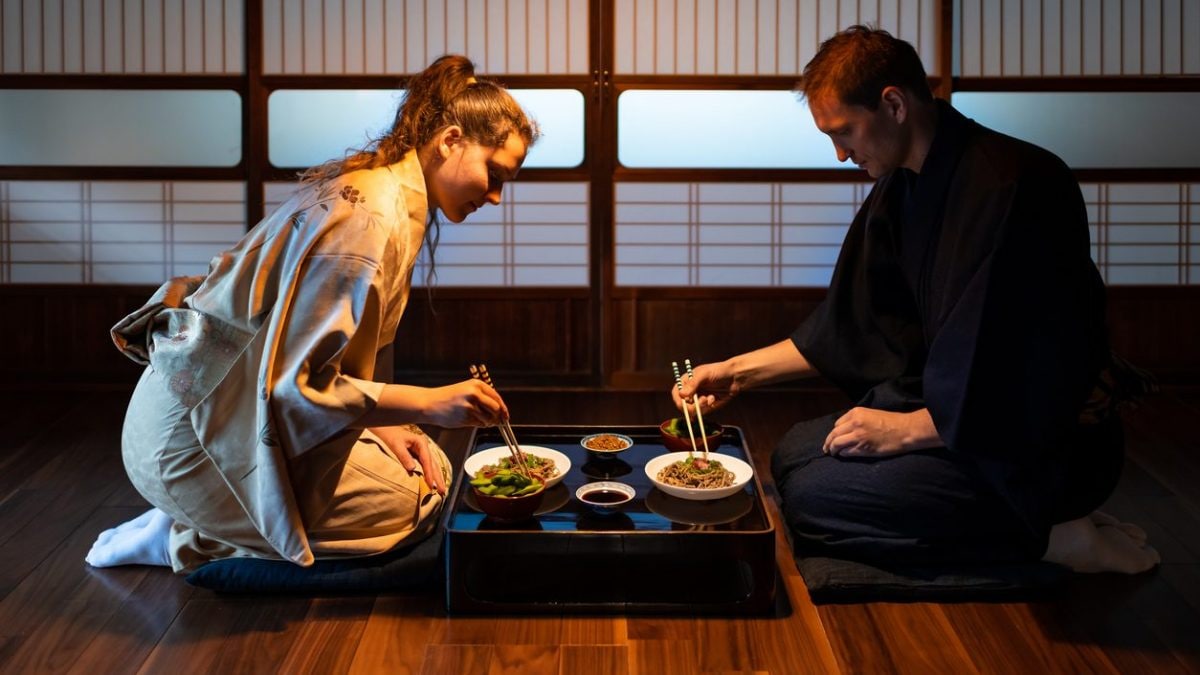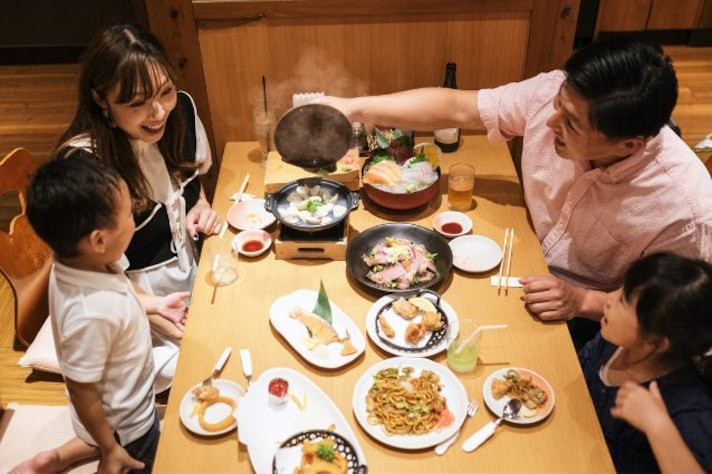
In many traditional Japanese homes and restaurants, you’ll find people sitting on the floor to enjoy their meals, often gathered around a low table called a chabudai. This practice might seem unusual to those accustomed to dining at high tables and chairs, but in Japan, sitting on the floor to eat is rooted in deep cultural significance and long-standing tradition.
The Unique Japanese Etiquette of Floor Sitting to Eat
Sitting on the floor to eat has been part of Japanese culture for centuries, tied to the practice of seiza, a formal and polite way of sitting on one’s knees. While seiza is the traditional posture, many people now sit cross-legged or with their legs tucked to the side for comfort. The custom reflects the Japanese emphasis on mindfulness, respect, and simplicity, especially during meal times.
Historically, Japanese homes used tatami mats—woven straw flooring that’s comfortable to sit on and provides a natural cooling effect. Dining on the floor aligns with the minimalist and humble approach to life in traditional Japan, where simplicity is revered. The practice also encourages people to focus on the meal and their companions, as the low table creates a sense of closeness and intimacy.

The Benefits of Floor Sitting
Beyond tradition, sitting on the floor to eat may offer certain health benefits. The posture encourages better digestion as sitting cross-legged or in seiza positions naturally helps the body stay upright and supports proper spinal alignment. It also engages core muscles, providing a mild workout for your lower body and improving flexibility over time.
Sitting on the floor is believed to improve circulation as well. When you sit on chairs, especially for extended periods, blood flow to your legs can be restricted. In contrast, sitting on the floor promotes better circulation and may reduce the risk of leg swelling and discomfort.
Connection to Zen Philosophy
Another reason people in Japan sit on the floor to eat is linked to Zen Buddhist principles. Zen Buddhism, which has had a profound influence on Japanese culture, promotes the idea of simplicity, mindfulness, and harmony with the natural world. Sitting on the floor to eat reflects these values, as it encourages a closer connection to nature and a more mindful dining experience.

Traditional Japanese meals are often prepared with seasonal ingredients and arranged with care and precision. Sitting on the floor allows for a more grounded, relaxed atmosphere, helping diners appreciate the flavors and textures of the food in a calm, unhurried setting.
;Resize,width=767;)
